
The Art of Anger SiOWfa14 Science in Our World Certainty and Cont
Facial Expressions: One of the most obvious indicators of anger is facial expressions. A furrowed brow, clenched jaw, narrowed eyes, and tightened lips are all telltale signs that someone is feeling angry or frustrated. Aggressive Body Language: Anger can manifest in aggressive body language as well. People who are angry may stand rigidly with.
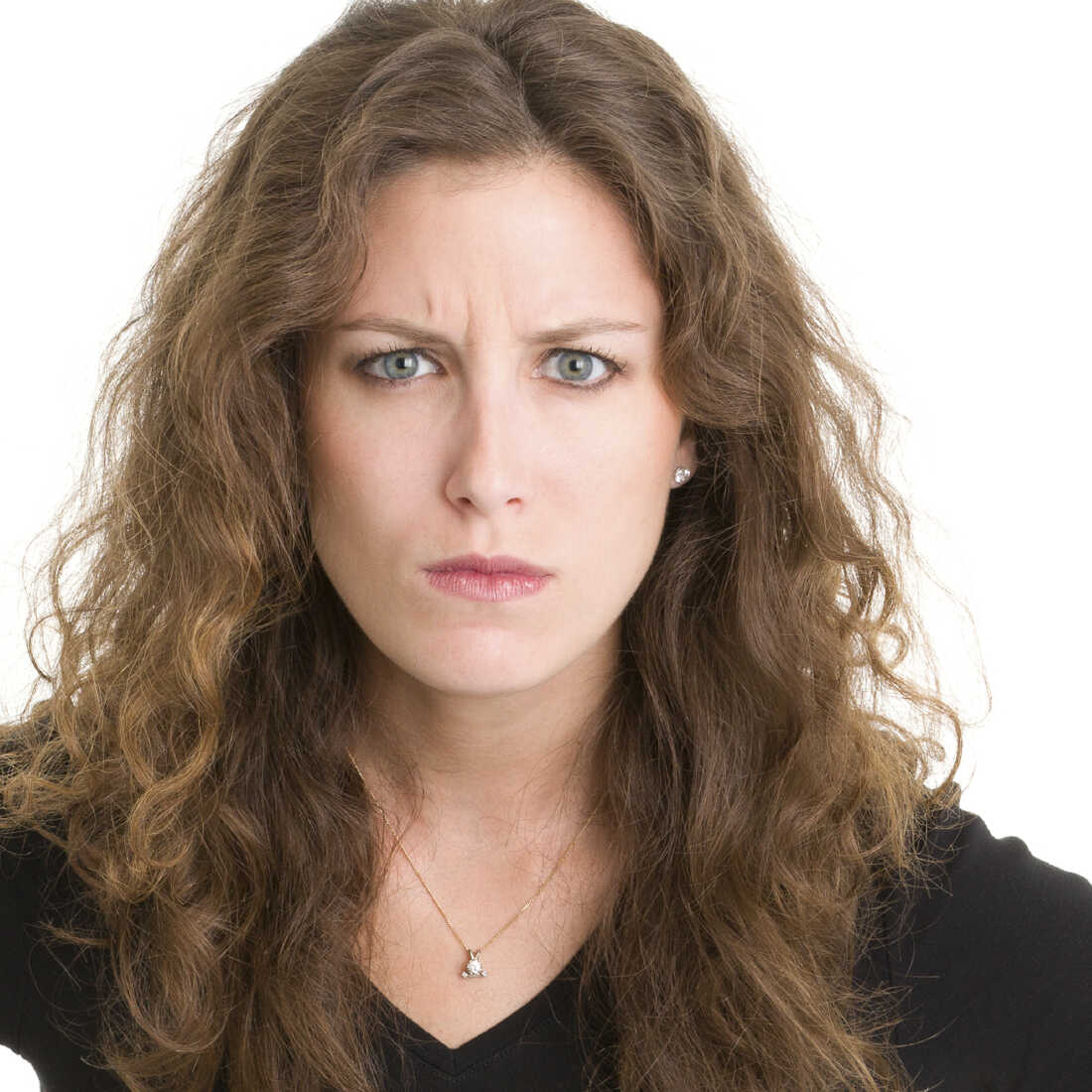
ShowAndTell Show Us Your Angry Face The Protojournalist NPR
Theme 4: Describing the Chin. In addition to scowling, a person is likely to express their anger or frustration by using their chin as well. Imagine the expression a child has when you take their favorite toy away. Often, a frown is accompanied by a pushed-out chin. We usually refer to this part of an expression as a jutted chin.

The Universal ‘Anger Face’ The UCSB Current
Angry Body Language. Angry body language and gestures may include any of the following. •looking away. •crossing their arms. •holding up palm of hand ("I've had enough") •sitting up straighter. •standing up taller. •squaring their shoulders. •balling their hands into fists (this one and the three above are examples of.
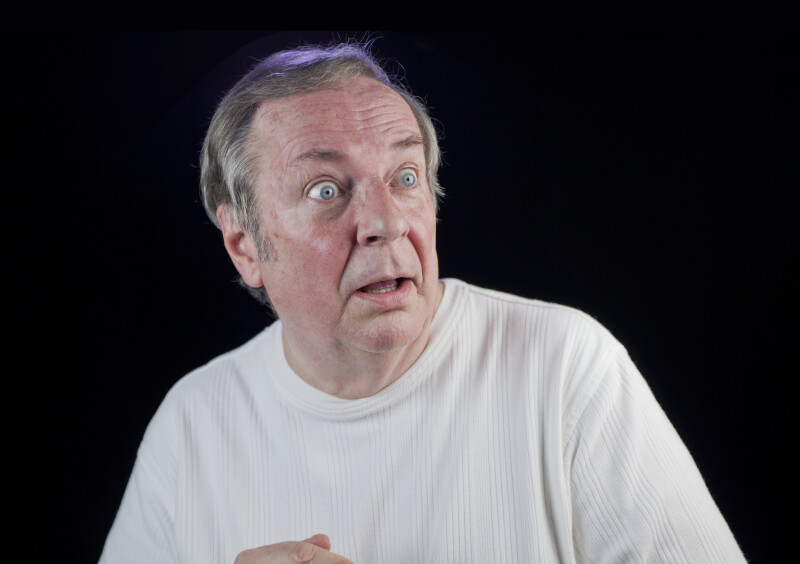
Angry Facial Expression ClipPix ETC Educational Photos for Students
Therefore, the angry facial expression might be better explained by the second hint: function . One of the main characteristics of an angry facial expression is brow lowering combined with more closed eyes. This is also part of the disgust expression, where we saw that functionally this allows a person to better focus on stimuli close-by.

Excessively angry facial expression by tupungato Vectors
Steven Gans, MD. Body language refers to the nonverbal signals that we use to communicate. These nonverbal signals make up a huge part of daily communication. In fact, body language may account for between 60% to 65% of all communication. Examples of body language include facial expressions, eye gaze, gestures, posture, and body movements.

Face expression cute boy angry Royalty Free Vector Image
Pressing the lips together is a part of the facial expression of anger because we press our lips together when we are engaged in any strong physical or mental exertion. Anger prepares us to take strong action, making us press our lips together. But if other signs of the anger expression are not present, then thinning the lips by pressing them.
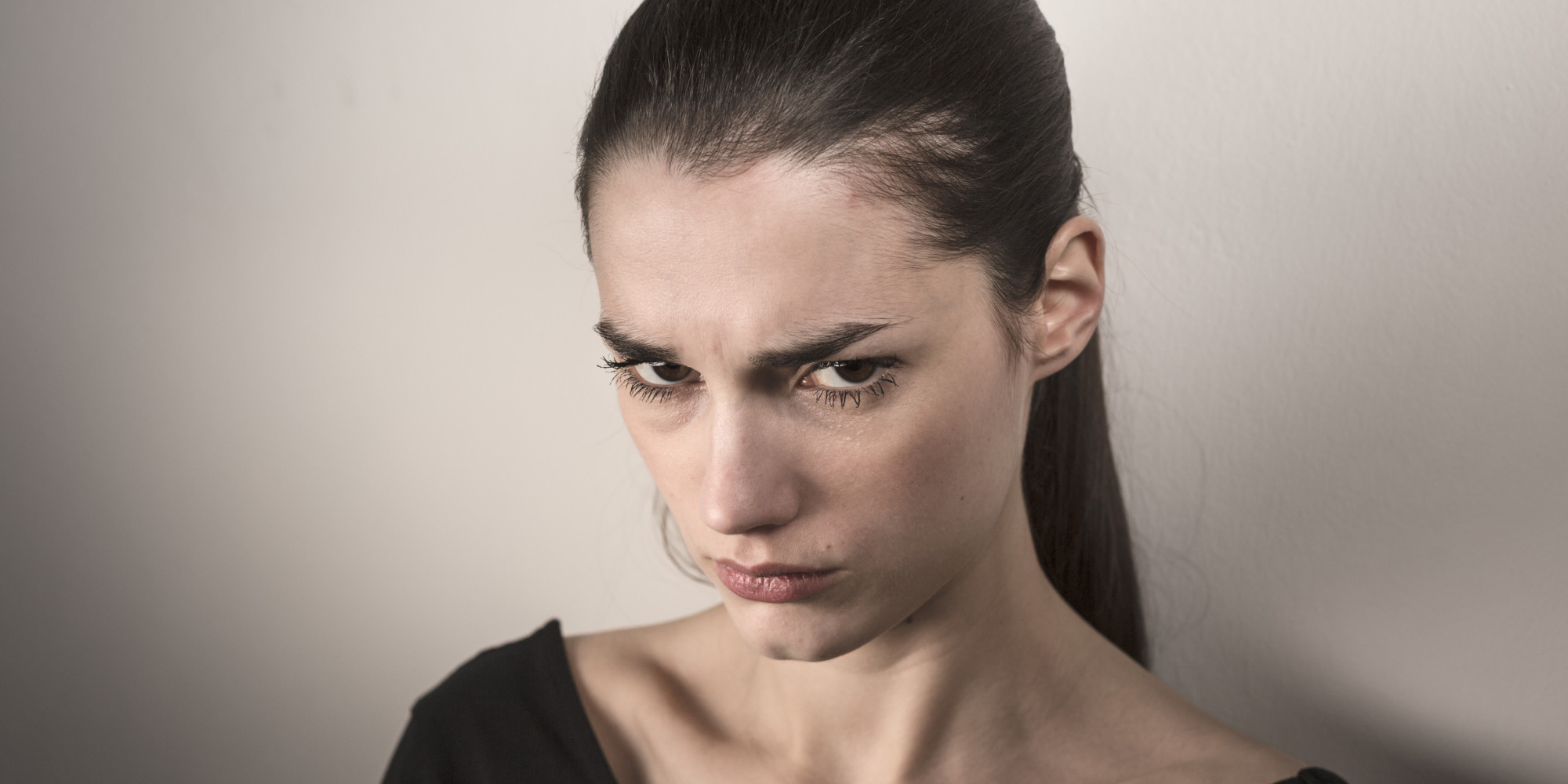
Science Confirms Looking Angry Gets People To Do What You Want HuffPost
By using a facial expression as a dialogue tag, you can also convey the tone of voice. Here's the facial expressions list. You might want to pin it for future reference! Ways to Describe Expressions Related to the Eyes and Eyebrows. his eyes widened. their eyes went round. her eyelids drooped. his eyes narrowed. his eyes lit up. his eyes.

Angry Woman Face Expression Resentful Close Stock Footage SBV336077545
Abstract. Researchers have reported two biases in how people recognise and respond to angry and happy facial expressions: (1) a gender-expression bias (Becker et al. in J Pers Soc Psychol, 92 (2):179-190, 10.1037/0022-3514.92.2.179, 2007)—faster identification of male faces as angry and female faces as happy and (2) an approach-avoidance.

Anger by B. richard / 500px Expressions photography, Face expressions
Function of Angry Expressions 3 Angry expression s are among the most common signals in human social life. An unruly child, a colleague late for a meeting, or a b usiness partner taking more than his or her fair share is likely to elicit an unmistakable glower composed of slanted brows, glaring eyes, and tight lips. An angry face can
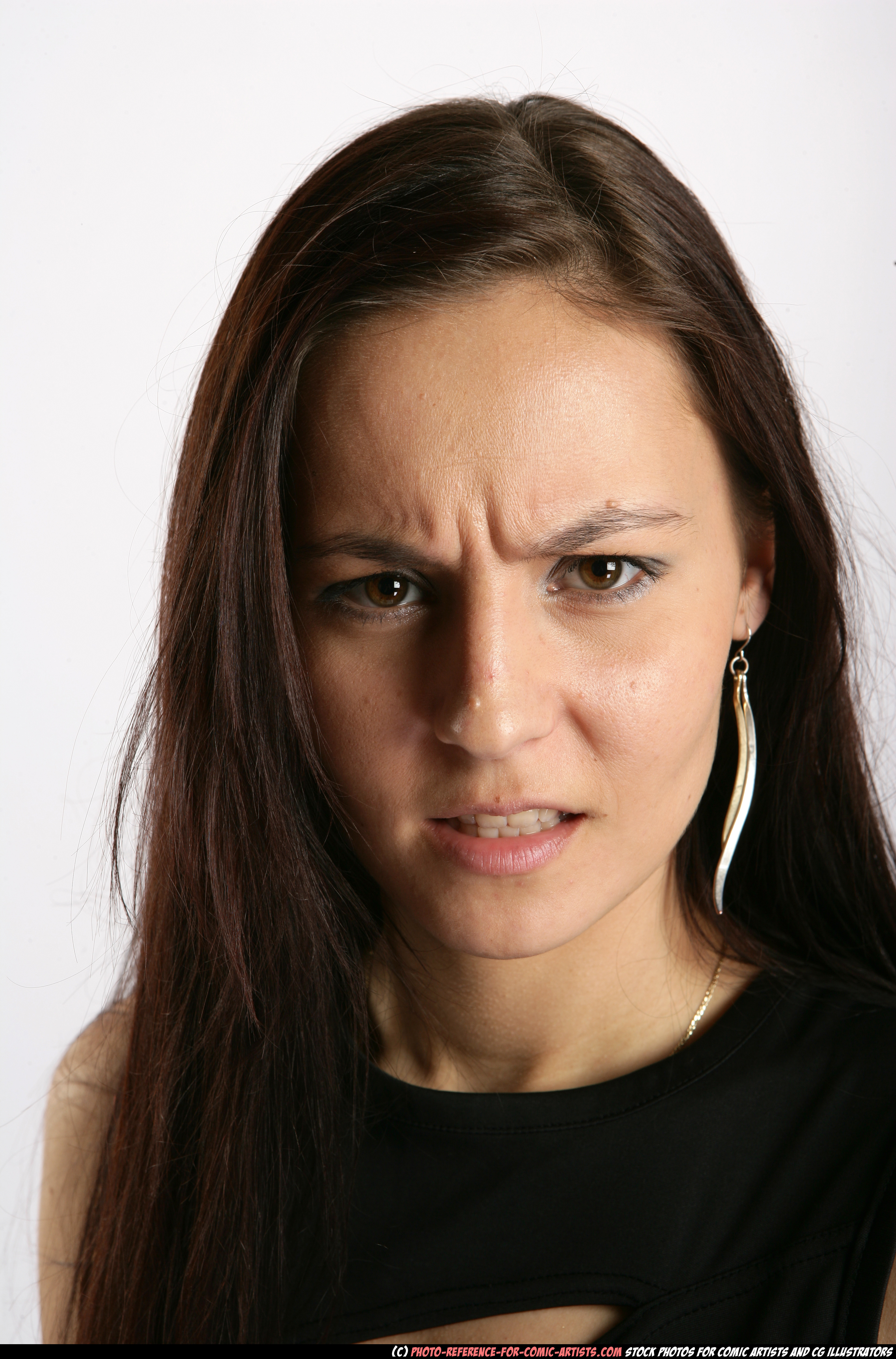
Annoyed face by comicReference on DeviantArt
Anger is characterized by a facial expression that causes someone to lower their brows, press their lips together firmly, and bulge their eyes. 4. Facial Expression/Emotion: Fear. Fear is an emotion that is often associated with a threatening or dangerous stimuli. It is a basic survival mechanism that occurs in response to a traumatic presence.

Cartoon Angry Face Expression Vector Illustration RoyaltyFree Stock
The 7 Universal Facial Expressions. Research by Dr. Paul Ekman tells us that there are seven universal facial expressions that we all use, even across cultural divides. These expressions show: Anger. Contempt. Disgust. Fear. Happiness. Sadness.

Pin by Octavio R. on Human Emotions Angry expression, Angry face
Reviewing Angry Body Language. Regarding the expression of anger, body language may be a telltale sign. A person feeling angry or trying to conceal their anger might engage in at least one of the following displays of body language. Facial Tension. Tension within a person's face is often an obvious sign of anger or displeasure. Many people.

7+ Memes Faces Facial Expressions Angry Face photography, Expressions
The anger expression employs seven distinct muscle groups that contract in a highly stereotyped manner. The researchers sought to understand why evolution chose those particular muscle contractions to signal the emotional state of anger. The anger face is a constellation of features, each of which makes a person appear physically stronger.
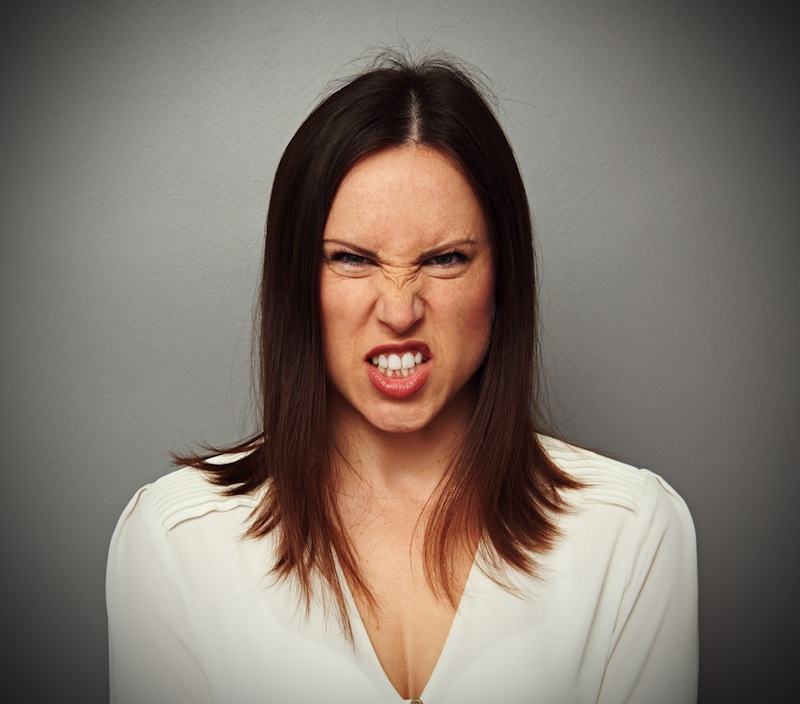
Why Everyone Makes the Same Angry Face Live Science
Lips can be pressed firmly together, with corners down, or in a square shape as if shouting. Nostrils may be dilated. The lower jaw juts out. (All three facial areas must be engaged to not have any ambiguity) Unlike the surprise and fear microexpressions, the angry microexpression is characterized by lowered eyebrows.

Angry Woman Screaming In Studio Portrait Of Stock Footage SBV332890544
Understanding the characteristics of each expression is the first step towards knowing how to properly describe them in your own writing. Contents hide. 1 Describing Different Facial Expressions. 1.1 Describing Anger. 1.2 Describing Happiness. 1.3 Describing Sadness. 1.4 Describing Fear. 1.5 Describing Surprise.

Facial expressions Anger
Abstract. The rapid detection of facial expressions of anger or threat has obvious adaptive value. In this study, we examined the efficiency of facial processing by means of a visual search task. Participants searched displays of schematic faces and were required to determine whether the faces displayed were all the same or whether one was.